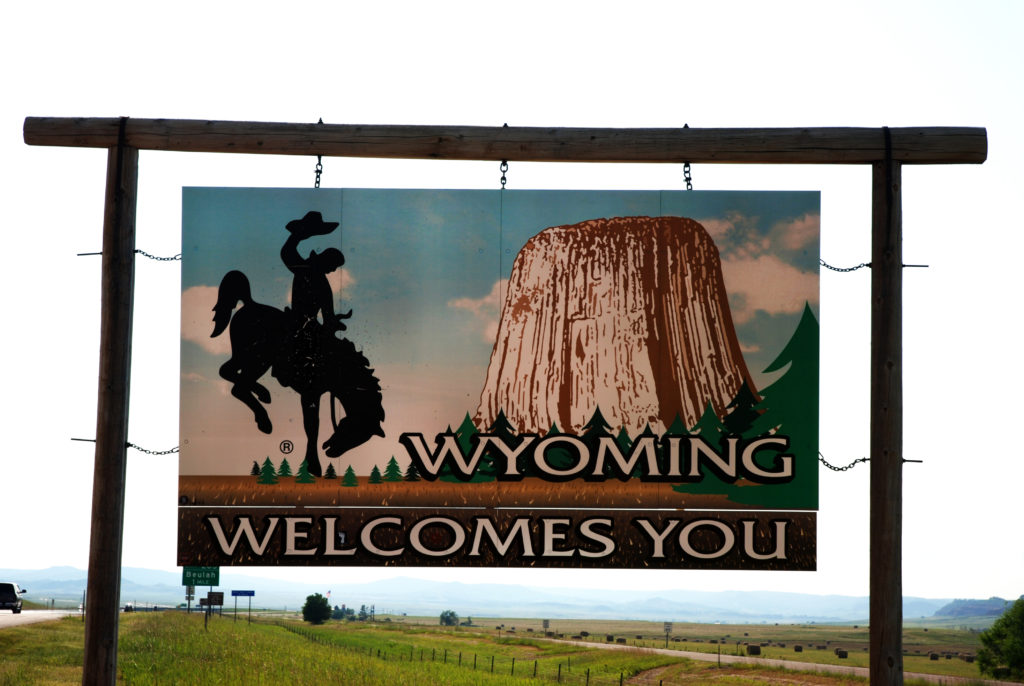 A welcome sign at the Wyoming state line.
A welcome sign at the Wyoming state line.
Dear WinkWorld Readers,
I am preparing to make a trip to Wyoming to share with teachers about language acquisition. I have been told that they really want some activities which “they can do tomorrow.” Through the years, I have found it fairly easy to share strategies, which help teachers provide access to content for bilingual students and activities which help bilingual students integrate into the classroom. However, the hard part is that I never really know if teachers actually try new things, after I share.
I sat down and wrote a little list of things which mainstream teachers can do tomorrow to help bilingual students.
What Teachers Can Do Tomorrow
- Buddy System: Seat student near teacher and close to another bilingual student.
- Speak clearly. Use images and the real object. Tell stories. Draw pictures. Encourage student talk. Repeat. Rephrase. Avoid slang. Check for understanding. Less teacher talk. More student talk.
- Understand the process of language acquisition.
- Write clearly. Use a student scribe. Keep blank paper on students’ desk.
- Use routines and clear instructions. Always make connections. Key vocab.
- Books. Stories.
Some other activities, which we may discuss are listed below.
- Comprehending/Comprehension
https://www.joanwink.com/critical-pedagogy-4th-ed-comprehending-comprehension/ - Outcomes Sentences
https://www.joanwink.com/charts/outcome-sentences.pdf - Preview Review
https://www.joanwink.com/charts/preview-review.pdf - Double-entry journals
https://www.joanwink.com/critical-pedagogy-4th-edition/critical-pedagogy-4th-ed-dialogue-journal/ - Think Alouds
http://kent.edu/eureka/strategies/think_aloud.pdf - Four Corners
https://www.joanwink.com/critical-pedagogy-4th-ed-four-corners/ - Many other activities at: Free to a Good Home
https://joanwink.com/free-to-a-good-home/
In addition, I have heard a fair amount about different levels of language proficiency while preparing for this professional development. I probably do not take these levels as seriously as some might wish, because I suspect that it is really about a continuum of natural language development. Through the years, I have learned that there are 3 levels, 4 levels, 5 levels, and/or 6 levels of language proficiency–depending on the location and the decade. I created the following to chart to capture a little history of some of these different levels. The district where I will be working uses 6 levels.
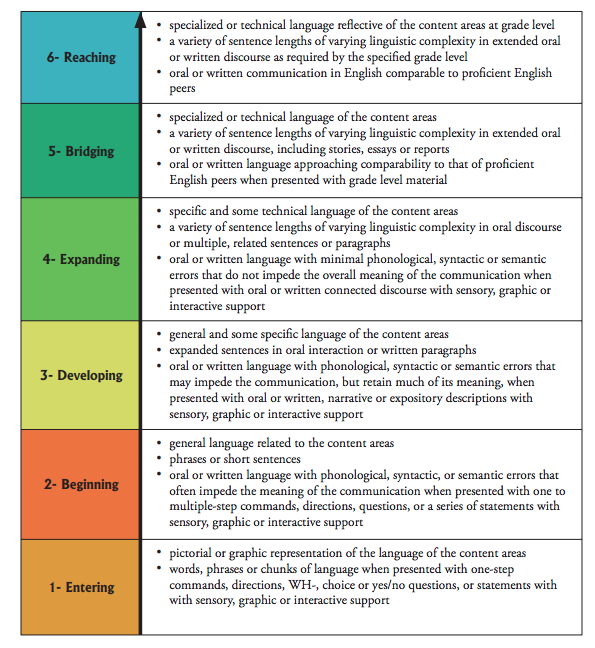 Activities and levels of language proficiency are some of the ideas, which we will discuss, but of course, I will try to sneak in my favorite question: Why do we do what we do?
Activities and levels of language proficiency are some of the ideas, which we will discuss, but of course, I will try to sneak in my favorite question: Why do we do what we do?
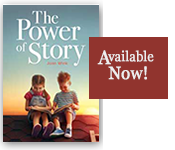
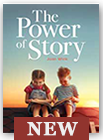
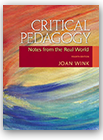
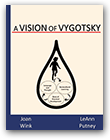

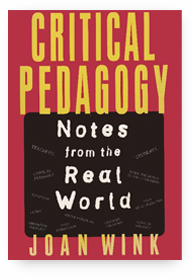

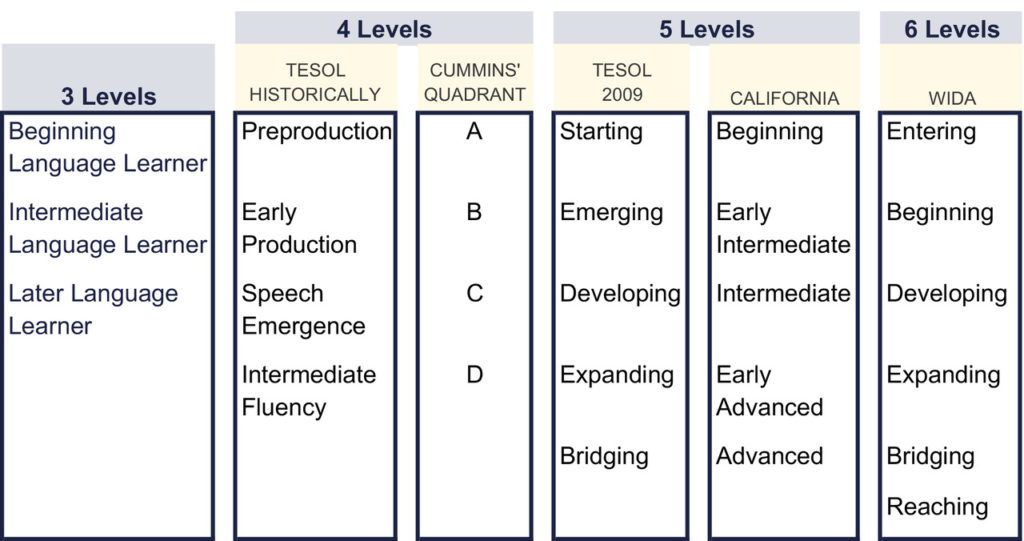


at 6:37 pm
I love this post! It’s awesome to see all the levels side-by-side. I agree teachers always want strategies that they can implement right away. Also my Brazilian and Spanish exchange student and I are coming through South Dakota soon and I was hoping we could stop by and say hello! The timing may not work out however!!! Let’s get in touch!
at 4:00 pm
Dear Lorna, you can see that I am behind in my replies. Forgive me!! You are always welcome. Please connect on email, so we can plot and plan. Hugs, Joan